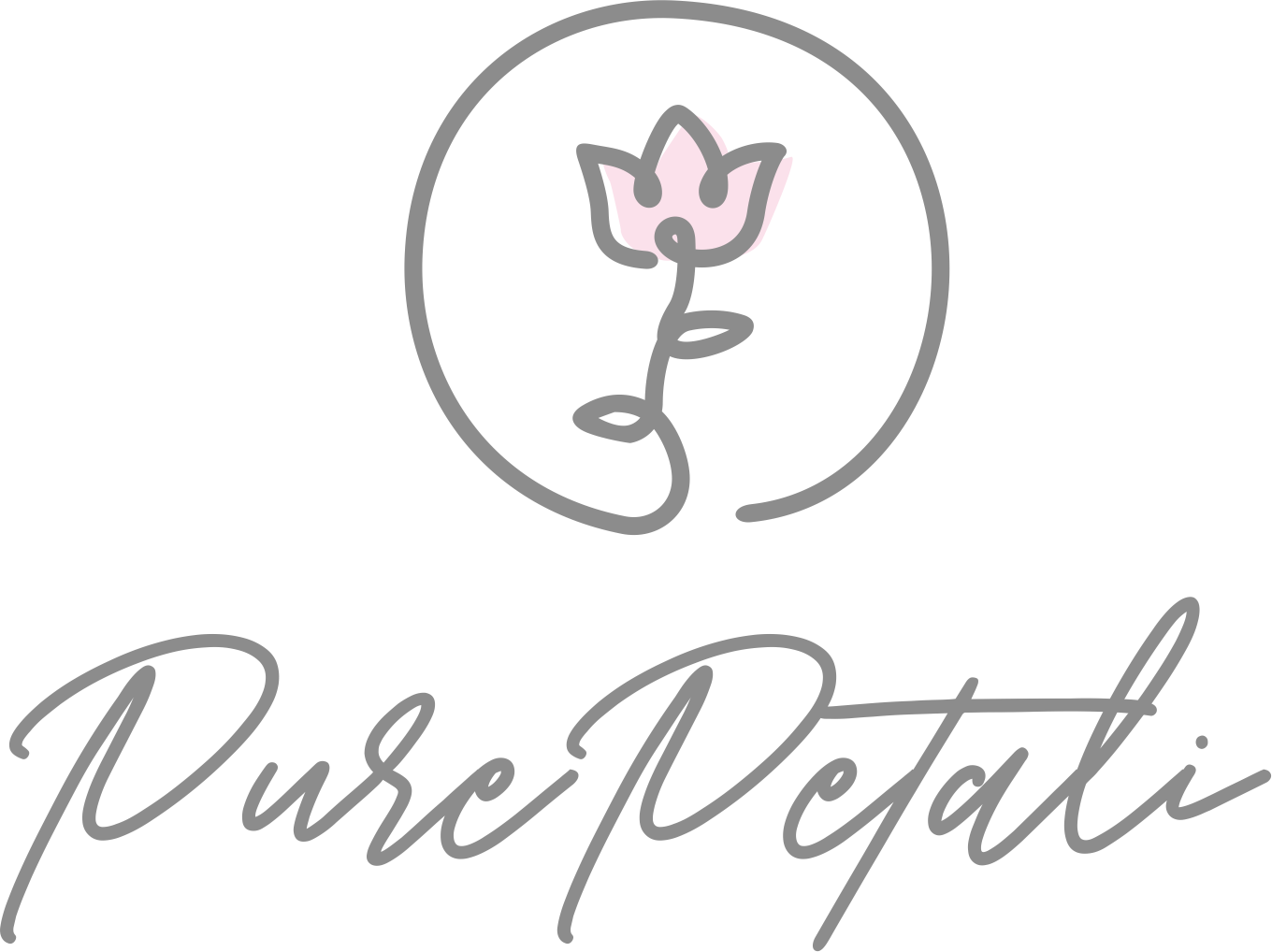
Many people are unaware that muslin is a type of fabric made from cotton. Due to its unique texture, muslin is widely used in textile products for babies. This article is going to give you comprehensive information about muslin and guide you on shopping for products made from this fabric.
Shop PurePetali's collection of Muslin Swaddle Blankets!!
Crafted using the plain weave technique, muslin is a cotton fabric known for its loose weave, where a single weft thread alternates over and under a single warp thread. High-quality muslin is characterized by a fine and smooth texture, woven from evenly spun warps and wefts. These variants receive a soft finish, undergo bleaching or piece-dying, and may feature patterns from loom weaving or printing. Originally used for crafting test garments, muslin now finds diverse applications in both home and studio settings.
History of Muslin:
Muslin has a fascinating history dating back centuries. Originating in the ancient Indian subcontinent, it gained popularity during the Mughal era in Bengal. The name "muslin" comes from the French term "Mousseline," signifying fine cotton. Skilled artisans handwove muslin, making it a symbol of luxury appreciated for its light, airy feel. European traders and explorers played a crucial role in introducing muslin to the Western world. In the 18th century, muslin became highly popular in Europe, especially in Britain and France. Dhaka, now in Bangladesh, became a key center for muslin production and earned the title "City of Muslin." Despite challenges in the 19th century, muslin remains a preferred fabric, valued for its historical significance and timeless appeal, especially for delicate uses like baby clothing.
What is Muslin Made of and What is it Used for?
Muslin is made on a loom using natural cotton fibers, and its overall quality relies heavily on the excellence of these cotton fibers. While traditionally woven by hand, machines are commonly used nowadays for larger-scale production. Because the cotton fibers are usually very fine, handweaving traditionally took place in wetter months to avoid the strands drying out, becoming brittle, and breaking. The most sustainable form of muslin is crafted from organic cotton, being biodegradable and requiring less water in manufacturing.
Why is Muslin Great for Babies?
Using muslin fabric for your baby offers numerous benefits due to its delicate and advantageous properties tailored for newborns. Muslin fabric stands out for its softness, gentle stretch for better sleep, durability, breathability, and versatility. These features make it a popular choice for various baby products like swaddle blankets, bibs, burp cloths, etc. Its lightweight, breathable, and hypoallergenic nature is gentle on the baby's skin, and its absorbency and versatility make it practical for everyday use. Muslin fabric is not only durable but also cost-effective, making it an excellent investment for parents seeking high-quality baby products.
How Can Muslin be Used for Your Little Ones?
- Swaddle Blanket: The most common use of muslin is probably for swaddle blankets! The soft and breathable nature of muslin fabric makes it an ideal choice for swaddle blankets, providing babies with a comforting and cozy experience.
- Photo Backdrop: Muslin fabric's capacity to adopt diverse finishes and colors makes it a superb medium for dyeing and painting. Many muslin blankets are designed with milestone functions, allowing parents to capture photos and commemorate their babies' growth.
- Nursing Cover: For breastfeeding parents, having a muslin fabric blanket on hand in public provides a simple and discreet way to cover up during feeding sessions.
- Blanket: The softness of muslin makes it a common choice for use as a regular baby blanket.
- Burp Cloth: Using a muslin blanket as a burp cloth is practical after feeding sessions, offering absorbency and convenience for unexpected spit-ups.
How to Care for Muslin Products?
Muslin fabric is an excellent choice for parents due to its easy care. It is machine washable, making laundry hassle-free – just include it in your regular cold cycle. For softness preservation, choose tumble dry low or hang drying; muslin is known to dry quickly, even indoors. Keep in mind your little one's sensitive skin by using chemical-free detergent. For finer muslin, handwashing in warm water is ideal to prevent ripping. Given muslin's tendency to shrink, avoid hot washes or dryer cycles, and air dry delicate items for lasting quality. Additionally, be cautious with color mixing to prevent any undesired tinges.
Now that you've familiarized yourself with the essentials of muslin, it's time to discover firsthand why muslin fabric is an essential for every parent!
